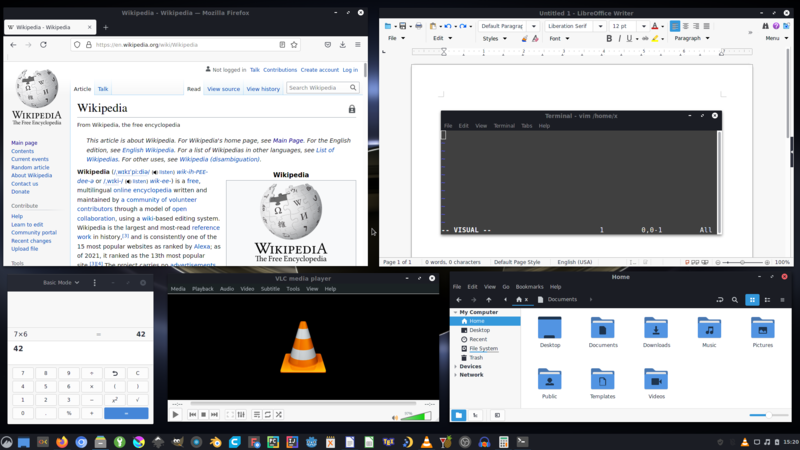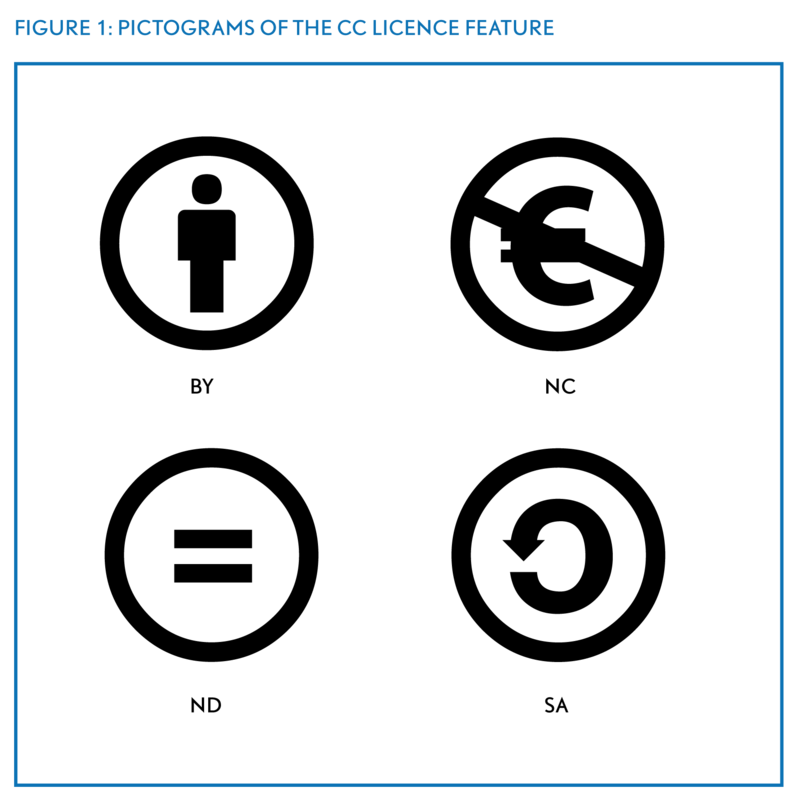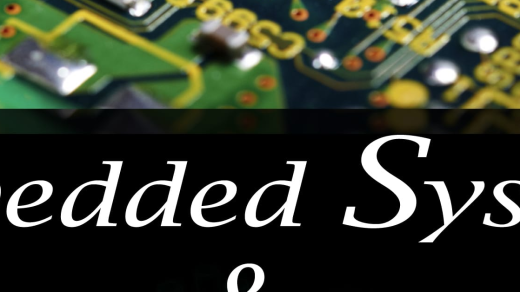Unlocking the power of collaboration and innovation, open source licenses have revolutionized the world of software development. In this article, we explore the diverse landscape of open source licenses, shedding light on the various types that fuel the sharing and growth of creative projects.
Introduction to Open Source Licenses

Open source licenses are a crucial aspect of the open source software community. They govern the terms and conditions under which open source software can be used, modified, and distributed. Understanding the different types of open source licenses is essential for anyone interested in Linux training.
There are several types of open source licenses, each with its own set of rules and restrictions. The most common type is the GNU General Public License (GPL), which allows users to freely use, modify, and distribute the software, as long as they release their modifications under the same license.
Another popular open source license is the MIT License, which grants users the freedom to do almost anything with the software, including using it for commercial purposes, without having to release their modifications under the same license.
The Apache License is another widely used open source license, particularly in the context of web development. It allows users to freely use, modify, and distribute the software, as long as they include a copy of the license and any copyright notices.
Other notable open source licenses include the BSD License, the Mozilla Public License, and the Creative Commons licenses. Each license has its own specific terms and conditions, so it’s important to carefully review and understand the license before using or contributing to open source software.
Understanding open source licenses is not only important for legal compliance, but it also provides insight into the values and principles of the open source community. Open source licenses promote collaboration, innovation, and the sharing of knowledge. They enable individuals and organizations to benefit from the collective efforts of the open source community, while also contributing back to the community.
By familiarizing yourself with different open source licenses, you can make informed decisions about the software you use and contribute to. Whether you’re a developer looking to contribute to an open source project or an organization considering using open source software, understanding open source licenses is essential.
Taking Linux training can further enhance your understanding of open source licenses, as Linux is an open source operating system that is widely used in various industries. With Linux training, you can gain the skills and knowledge needed to effectively utilize open source software and contribute to the open source community.
Copyleft Licenses Explained
Copyleft licenses are a type of open source license that emphasize the freedom to use, modify, and distribute software. These licenses are designed to ensure that the software and its source code remain open and accessible to the community.
One popular copyleft license is the GNU General Public License (GPL), which allows users to freely use, modify, and distribute software as long as any modifications or distributions are also made under the GPL. This ensures that the software remains free and open to all.
Another common copyleft license is the Creative Commons ShareAlike license, which is often used for non-software works such as creative content or documentation. This license requires that any derivative works be shared under the same license terms, enabling others to freely build upon and improve the original work.
By choosing a copyleft license, developers can contribute to the open source community and encourage collaboration and innovation. These licenses provide a legal framework that promotes the sharing of knowledge and allows for the development of new and improved software.
For individuals interested in Linux training, understanding copyleft licenses is essential. Linux is built on open source principles, and having knowledge of copyleft licenses will enable individuals to navigate the world of open source software and contribute to its development.
Whether you are looking to contribute to existing projects, start your own open source project, or simply use open source software, understanding copyleft licenses will give you the confidence and knowledge to make informed decisions.
Permissive Licenses Explained

Permissive licenses, also known as open source licenses, are a type of software license that allows users to freely use, modify, and distribute the source code of a software application. These licenses are designed to promote collaboration and innovation within the open source community.
One of the most popular permissive licenses is the MIT License, which allows users to freely use, modify, and distribute the software, as long as they include the copyright notice and disclaimer. Another commonly used permissive license is the BSD License, which permits users to freely use, modify, and distribute the software, with the requirement that they include the copyright notice.
The advantage of permissive licenses is that they provide a high degree of freedom for developers, allowing them to use the software in any way they see fit. This makes permissive licenses ideal for projects that require flexibility and collaboration.
However, it is important to note that permissive licenses do not require users to make their modifications or improvements to the software available to the public. This means that while users can freely use and modify the software, they are not obligated to share their changes with the community.
Permissive licenses are commonly used in the open source community, particularly for projects that focus on collaboration and innovation. By using a permissive license, developers can encourage others to contribute to their projects and build upon their work.
If you are interested in learning more about permissive licenses and how they work, consider taking Linux training. Linux training courses can provide you with a comprehensive understanding of open source software and the various licenses that govern its use. With this knowledge, you can confidently navigate the open source community and contribute to exciting projects.
Best Open Source License Considerations
When considering the best open source license for your project, there are a few key factors to keep in mind. First, consider the goals of your project and how you want it to be used. Choosing the right license can protect your intellectual property and ensure that your project remains open source.
One important consideration is the copyleft license. This type of license requires that any modifications or derivatives of your project also be released under the same license. This helps to ensure that your work remains freely available and prevents others from profiting off of your contributions without giving back to the open source community.
Another consideration is the permissive license. This type of license allows others to use, modify, and distribute your project without the requirement to release their modifications under the same license. This can be beneficial if you want to encourage widespread adoption and collaboration without imposing restrictions on how others can use your work.
It’s also important to consider the compatibility of your chosen license with other open source licenses. Some licenses may have restrictions or requirements that are not compatible with others, which can limit the ways in which your project can be combined or integrated with other open source software.
Additionally, be aware of any legal considerations or obligations that may arise from your chosen license. Some licenses may require you to provide documentation or make certain disclosures, while others may have restrictions on how your project can be used in certain industries or contexts.
Ultimately, the best open source license for your project will depend on your specific goals and needs. Consider consulting with legal experts or experienced open source developers to ensure that you are making the most informed decision for your project.
Open Source License Control and Management
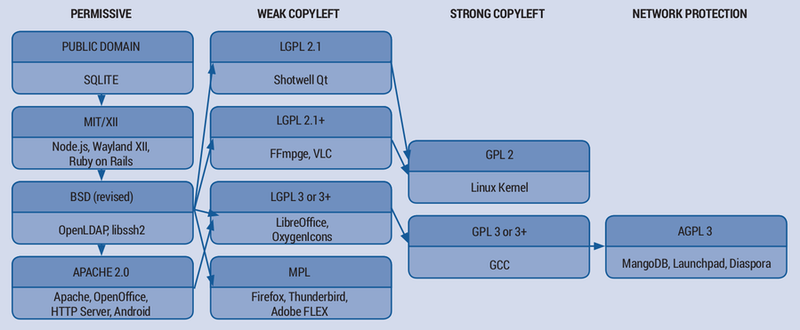
| Open Source License | Description | Examples |
|---|---|---|
| GNU General Public License (GPL) | A copyleft license that ensures software remains free and open source. It requires derivative works to be licensed under the same terms. | Linux, GNU Compiler Collection (GCC) |
| MIT License | A permissive license that allows users to modify, distribute, and use the software for any purpose without restrictions. | jQuery, Node.js |
| Apache License 2.0 | A permissive license that allows users to modify, distribute, and use the software for any purpose, but requires attribution and patent grants. | Apache HTTP Server, Android |
| BSD License | A permissive license that allows users to modify, distribute, and use the software for any purpose, but requires attribution and disclaimer of warranty. | FreeBSD, Nginx |
| Creative Commons License | A family of licenses that allows creators to share their work with specific permissions and restrictions. | Wikipedia, Wikimedia Commons |
Background and History of Open Source Licenses

The concept of open source originated in the late 1990s with the formation of the Open Source Initiative (OSI), a nonprofit organization dedicated to promoting and protecting open source software. The OSI developed the Open Source Definition, a set of criteria that a license must meet in order to be considered open source.
One of the earliest and most well-known open source licenses is the GNU General Public License (GPL), which was created by the Free Software Foundation (FSF) in 1989. The GPL is a copyleft license, which means that any modifications or derivatives of the software must also be made freely available under the same license.
Since the introduction of the GPL, numerous other open source licenses have been developed, each with its own unique terms and conditions. Some popular examples include the Apache License, the MIT License, and the Creative Commons licenses.
Open source licenses play a crucial role in fostering collaboration and innovation in the software industry. They provide developers with the freedom to study, modify, and distribute the source code of a software program, which encourages transparency, flexibility, and community-driven development.
By choosing to pursue Linux training, individuals can gain a deeper understanding of open source licenses and how they impact the software industry. Linux, an open source operating system, has become a dominant force in the technology world, powering everything from smartphones to supercomputers.
Understanding open source licenses is vital for anyone interested in working with Linux or contributing to open source projects. It enables individuals to navigate the legal and ethical aspects of open source software, ensuring compliance with license requirements and promoting responsible use and distribution.
Comparisons between Open Source Licenses
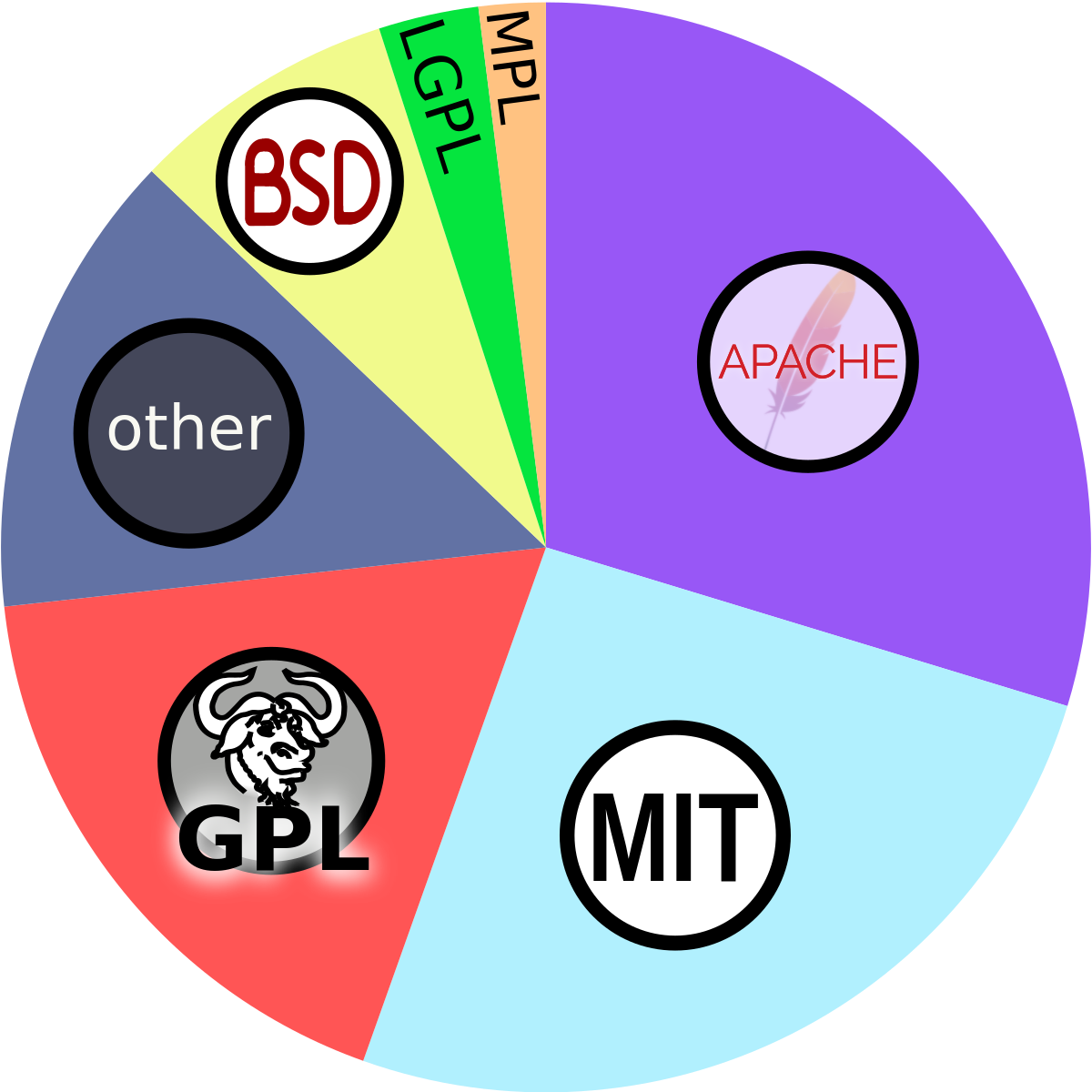
| License | Description | Key Features |
|---|---|---|
| GNU General Public License (GPL) | The GPL is one of the most widely used open source licenses. It ensures that any derivative work or modifications made to the licensed software must also be released under the GPL. |
|
| MIT License | The MIT License is a permissive license that allows developers to use, modify, and distribute the software under the condition that the original license is included in the distribution. |
|
| Apache License | The Apache License is a permissive license that allows developers to use, modify, and distribute the software under the condition that the original license is included in the distribution. |
|
| BSD License | The BSD License is a permissive license that allows developers to use, modify, and distribute the software under the condition that the original license is included in the distribution. |
|
| Creative Commons Attribution-ShareAlike (CC BY-SA) | The CC BY-SA license allows users to share, remix, and build upon the licensed material, even for commercial purposes, as long as the original work is properly attributed and any derivative works are released under the same license. |
|
Applying an Open Source License in Practice
When it comes to open source licenses, there are several types to choose from. Each license has its own set of rules and requirements, so it’s important to understand how to apply them in practice.
One of the most popular open source licenses is the GNU General Public License (GPL). This license allows users to modify and distribute software freely, as long as they also make their modifications available under the same license. It’s important to note that using GPL-licensed software in your own project means that your project must also be released under the GPL.
Another commonly used license is the MIT License. This license allows users to freely use, modify, and distribute software, as long as the original copyright notice and disclaimer are included. Unlike the GPL, the MIT License does not require derivative works to be released under the same license.
When applying an open source license in practice, it’s important to understand the terms and conditions of the license. This includes understanding what rights you are granting to others and what restrictions may be imposed on your own use of the software.
In addition to choosing the right license, it’s also important to properly document and attribute any open source code that you use. This helps to ensure that the original authors receive proper credit for their work and that the license terms are respected.
It’s also worth noting that open source licenses can have implications beyond just the legal aspects. For example, some licenses may require you to make your modifications publicly available, which could impact the visibility and competitiveness of your project.

